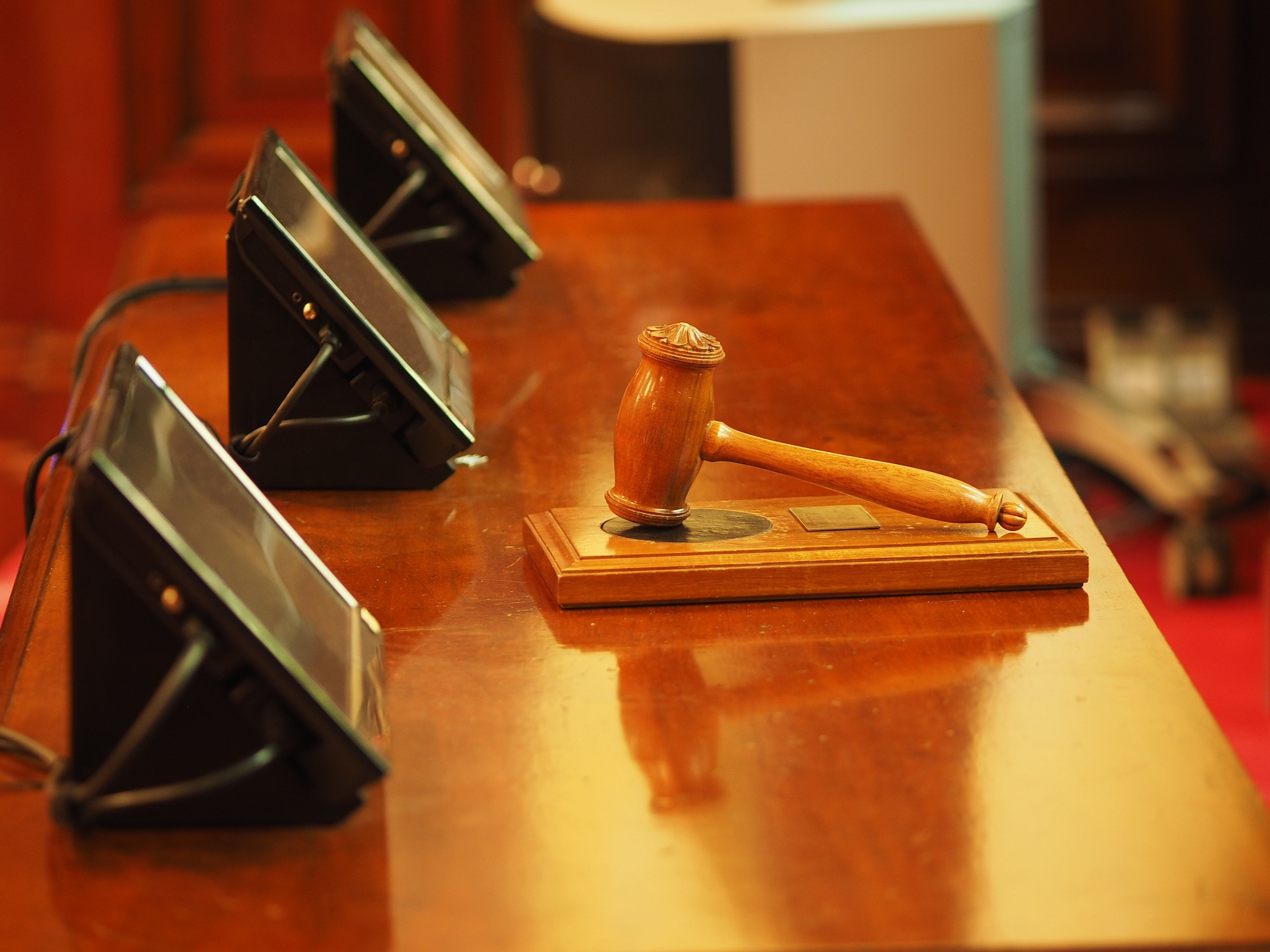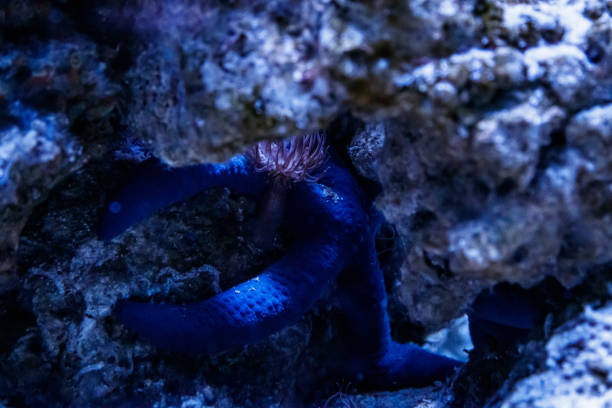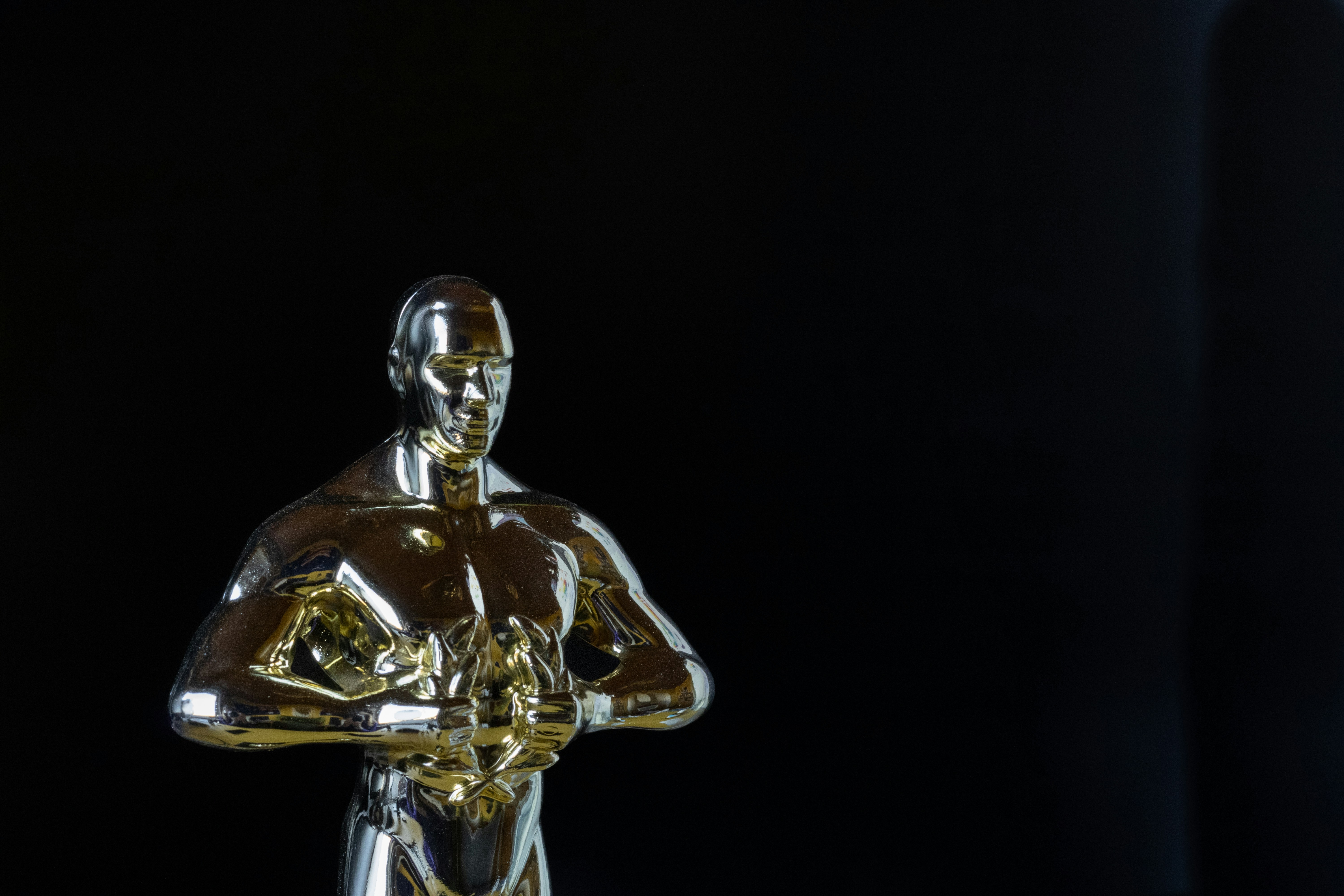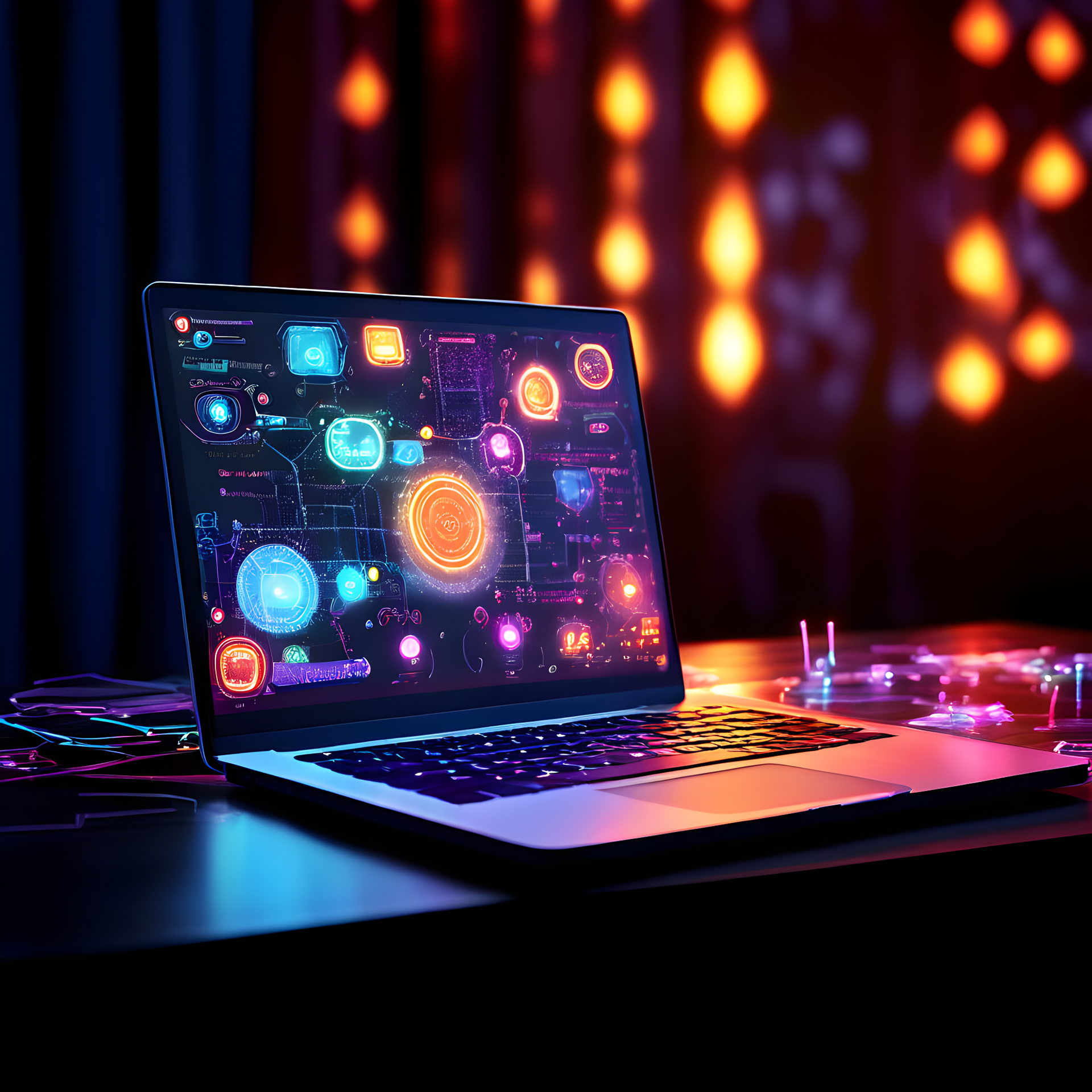Title: Legal Implications of Synthetic Biology in Patent Law
Introduction: In the rapidly evolving field of biotechnology, synthetic biology stands at the forefront, challenging traditional notions of patent law. This groundbreaking discipline, which involves designing and constructing novel biological parts, devices, and systems, raises complex legal questions about the patentability of artificial life forms and their components. As scientists push the boundaries of what's possible in creating synthetic organisms, lawmakers and courts grapple with adapting existing patent frameworks to this new frontier.

Historical Context of Biotechnology Patents
The patenting of biological inventions has a complex history. In 1980, the U.S. Supreme Court’s landmark decision in Diamond v. Chakrabarty established that genetically modified organisms could be patented. This ruling opened the door for biotechnology patents, but synthetic biology pushes these boundaries even further. The creation of artificial DNA sequences and synthetic organisms raises new questions about what constitutes a novel invention in the biological realm.
Current Patent Law Challenges
Existing patent laws struggle to keep pace with synthetic biology advancements. One key issue is the distinction between naturally occurring and artificially created biological entities. While patents cannot be granted for products of nature, synthetic biology blurs this line by creating organisms with both natural and artificial components. Courts and patent offices worldwide are grappling with how to apply traditional patent criteria such as novelty, non-obviousness, and utility to these hybrid creations.
The Debate Over Patenting Synthetic Life
The patentability of synthetic organisms sparks ethical and legal debates. Proponents argue that patents are crucial for incentivizing innovation in this costly and high-risk field. Critics, however, contend that granting monopolies over fundamental building blocks of life could impede scientific progress and raise biosecurity concerns. This tension highlights the need for a balanced approach that promotes innovation while safeguarding public interests.
International Perspectives and Harmonization Efforts
Different countries approach synthetic biology patents differently, creating a complex global landscape. While the United States has been relatively permissive in granting biotechnology patents, European countries often take a more restrictive approach, particularly regarding the patenting of higher life forms. These disparities have led to calls for international harmonization of patent laws to provide clarity and consistency for researchers and companies operating globally in the synthetic biology field.
Proposed Solutions and Future Directions
Legal experts and policymakers are exploring various approaches to address the unique challenges posed by synthetic biology patents. Some propose creating a sui generis system specifically tailored to synthetic biology inventions, similar to plant variety protection laws. Others advocate for expanding the concept of open-source biology to promote collaborative research while still allowing for commercial applications. As the field continues to advance, finding a balance between intellectual property protection and open scientific inquiry remains a critical challenge.
Conclusion
The intersection of synthetic biology and patent law represents a frontier in legal thinking, forcing a reevaluation of fundamental concepts in intellectual property rights. As this field continues to evolve, so too must the legal frameworks governing it. The decisions made today in courtrooms and legislative chambers will shape the future of biotechnology innovation, influencing everything from medical breakthroughs to environmental solutions. Navigating this complex landscape requires ongoing dialogue between scientists, legal experts, policymakers, and ethicists to ensure that patent law can effectively adapt to the age of synthetic biology while upholding principles of innovation, fairness, and public benefit.




